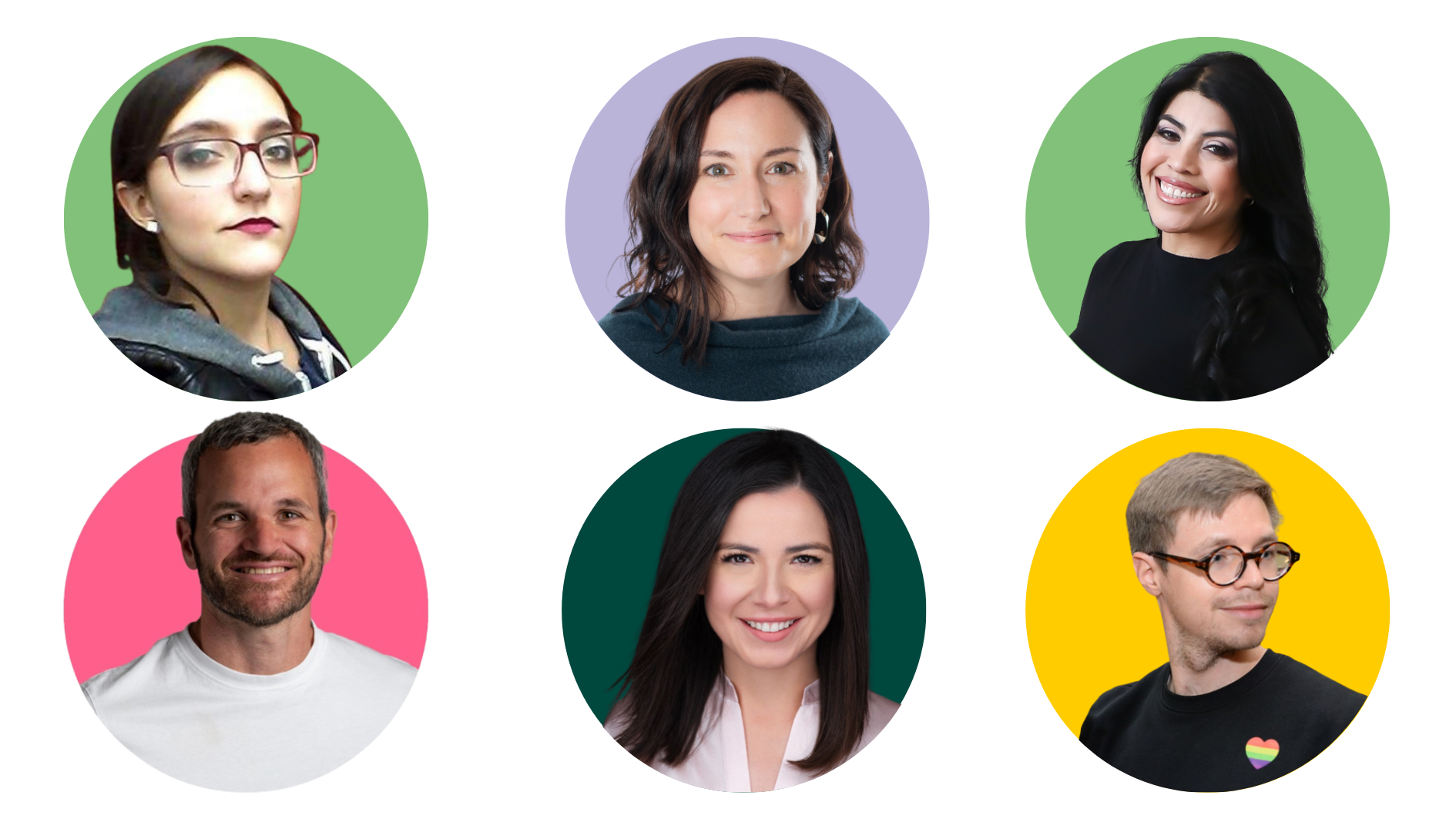Is your job ad pushing away top talent? How to attract disabled professionals
Another Monday morning. Thomas is sitting in front of the computer like all other Mondays. Browsing web pages, searching for job posts and reading job ads. To his great dismay, there are rarely any job ads where he feels confident to send out a job application. “Reliable professional” with “flexible availability” who is “eager and never sits still” to complete “challenging and demanding tasks” – these are just a few examples of expressions that make him feel like he might not be a match. Not to mention that most team building activities mentioned are friendly football matches, bowling, hiking… And why, again, do you have to be able to push and lift 30 kg for an admin job? The language used in most job ads is pushing him away from the continent of an open market.
Because Thomas is a person with a physical disability.
Being disabled in the job market
According to the World Health Organization, 6 to 10 out of every 100 people live with a disability in the EU and it is estimated that in total 135 million people in the EU Region are living with a disability. Therefore, the EU implemented regulations for the benefit of people with disabilities such as respecting and protecting dignity, prohibiting discrimination and ensuring occupational integration.
Disabled professionals compose one of the largest underutilized labour pools. Because of this, inclusion policies and practices have already been highly recommended for every company that wants to achieve healthy and sustainable development.
For instance, to include disabled talent, first and foremost, the company needs to have a general knowledge about disabilities, such as accommodations policies. Your team members with disabilities should have access to reasonable accommodations in the workplace, both for everyday work and emergency situations, so as to perform the essential functions of that job and enjoy equal employment opportunities. Knowledge can help a company to be disability aware in its recruitment process. For more inspiration on disability accommodation, take a look at 3M, which is one of 2020 “Best Places to Work for Disability Inclusion”, as well as EY, which has a long history of creating an inclusive culture that welcomes professionals living and working with disabilities.
How to become disability wise?
The company needs to take inclusive measures to attract professionals with disabilities on all levels of the organization – from entry-level through management. Research shows that genuinely including employees with disabilities has a positive effect on the organizational attitudes of all team members, such as exhibiting stronger feelings of commitment to their organization. Most importantly, disabled employees can provide fresh perspectives to the design and development of products and can bring constructive advice to customer services and feedback.
How to attract talents with disabilities?
What we need to do is to go to the place where Thomas is supposed to meet his future recruiter for the first time: job ads!
Job ads are the place where job-seekers get input and form their first impression of the company. Job ads play a mediational role between the company and potential candidates and have a great role in job applicants’ decision to apply for the job. The information presented in a job advertisement is important for job applicants to form a clear image of the company and whether or not they would feel like a match.
How to make your communication disability wise?
Job ads can unintentionally send signals that exclude disabled candidates—and trust us, they notice. One of the most obvious examples? Listing physical requirements for jobs that don’t actually need them. Or only highlighting team events like football matches, hiking trips, or other activities designed with abled employees in mind. These small details can make a big difference in whether someone feels like they are a match for the role and the company.
But non-inclusion can go deeper than that. Thomas and other professionals with disabilities have had to work extra hard against preconceptions and stereotypes about disabled employees. Studies show that employees with disabilities are often perceived to be less reliable, more costly, and less productive than abled team members – but these perceptions are not rooted in accuracy, rather they’re stereotypes.
Thomas is acutely aware of such stereotypes. So, when a job ad specifies that the company is looking for a 'reliable professional' with 'flexible availability' to complete 'challenging and demanding tasks,' his experience tells him that the recruiter likely didn’t picture someone using crutches - like him - for the job.
It so happens that Thomas would have been one of the best candidates for the position. The company has now missed out on having the chance to interview him and many others like him.
In addition to workplace accessibility measures (resources to which we have linked above), adopting a more inclusive language in your company communication can coach your whole team towards a more inclusive culture and thinking. The APA style guide is a great first step towards making sure that your language is more inclusive.
As for implicit stereotypes, our software now detects both implicit and explicit language that may discourage applicants based on their disability status and offers inclusive alternatives to replace them with.
Start attracting more qualified candidates today 🚀
You May Also Like
These Related Stories

How to create an inclusive hiring experience for applicants with disabilities

Best practices for an inclusive, compliant talent acquisition and HR strategy
